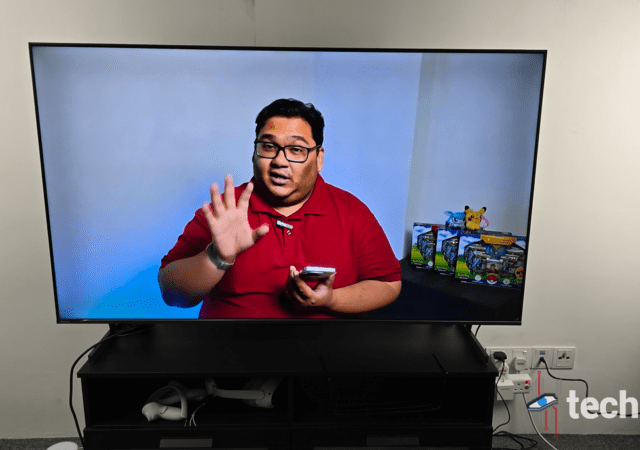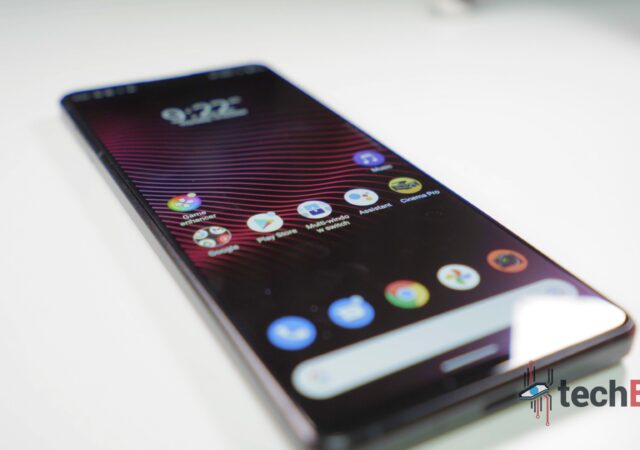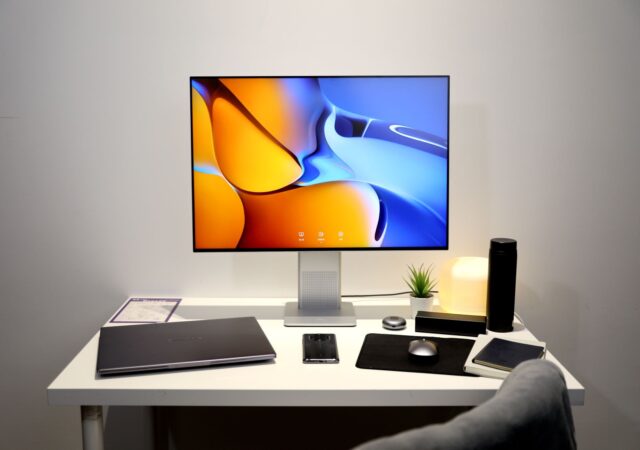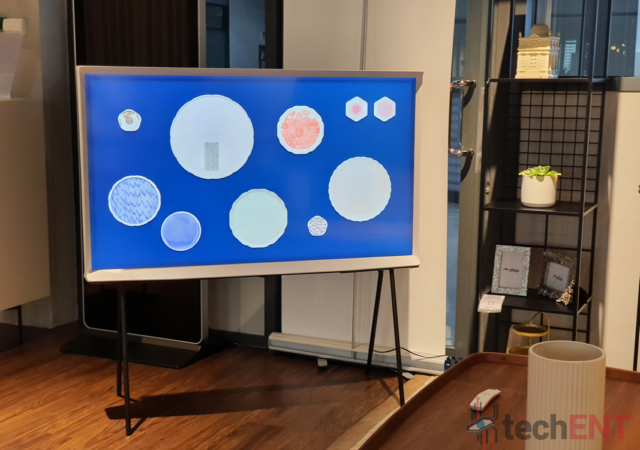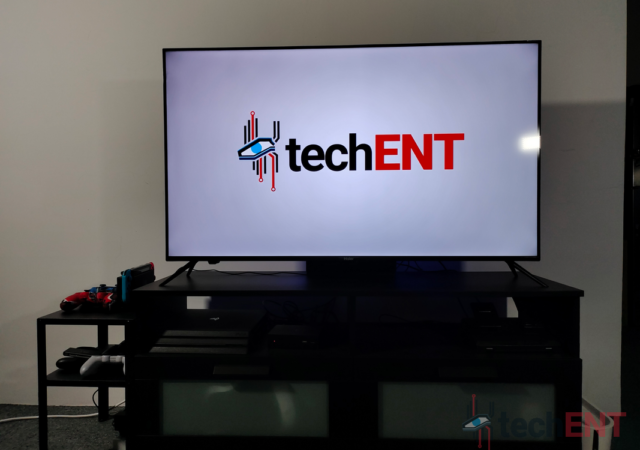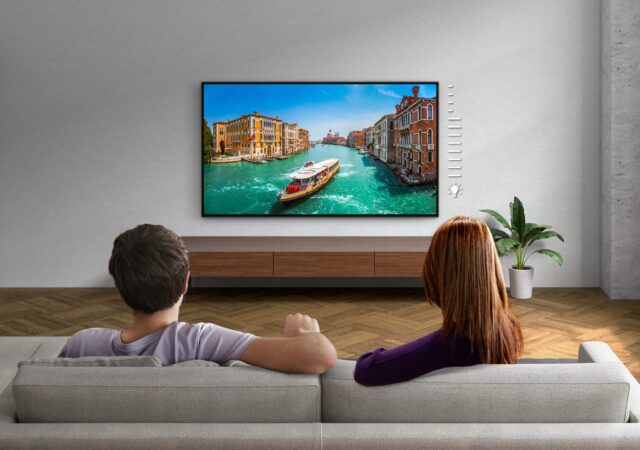The Hisense ULED U6K Pro is a Quantum Dot Smart TV that runs on Google TV. Does it hit all the notes to be one of the best on the market?
Sony Xperia 1 III In-Depth Review – A Niche Smartphone for Content Creators
The Sony Xperia 1 III is Sony’s latest and most premium flagship so far. Is it worth MYR 5,799 though with the Xperia Pro-I around?
HUAWEI MateView and MateView GT Launched in Malaysia – The Beauty and The Beast
HUAWEI releases the new MateView 4K display for creators and MateView GT 3K 165Hz gaming display in Malaysia.
Samsung The Serif QLED TV In-Depth Review: Smart TVs Never Looked So Good
The television isn’t just a screen to consume content anymore. Over the years, the screen has become more of a multi-dimensional surface which isn’t just about multimedia. Some use it to keep in touch, some use it to escape the…
Haier LE50K6600UG Android TV In-depth Review: A Well-Rounded Smart TV With All The Essentials
Haier’s 4K TV offerings are looking to be pretty compelling with features and a price point that makes it more compelling that the competition.
Sony’s New PlayStation 5 Ready 8K BRAVIA Launched with Full Array LED
Sony launched two new BRAVIA TVs that is ready to take on the PS5 and give you the best of the console and TV expereince in the market.



